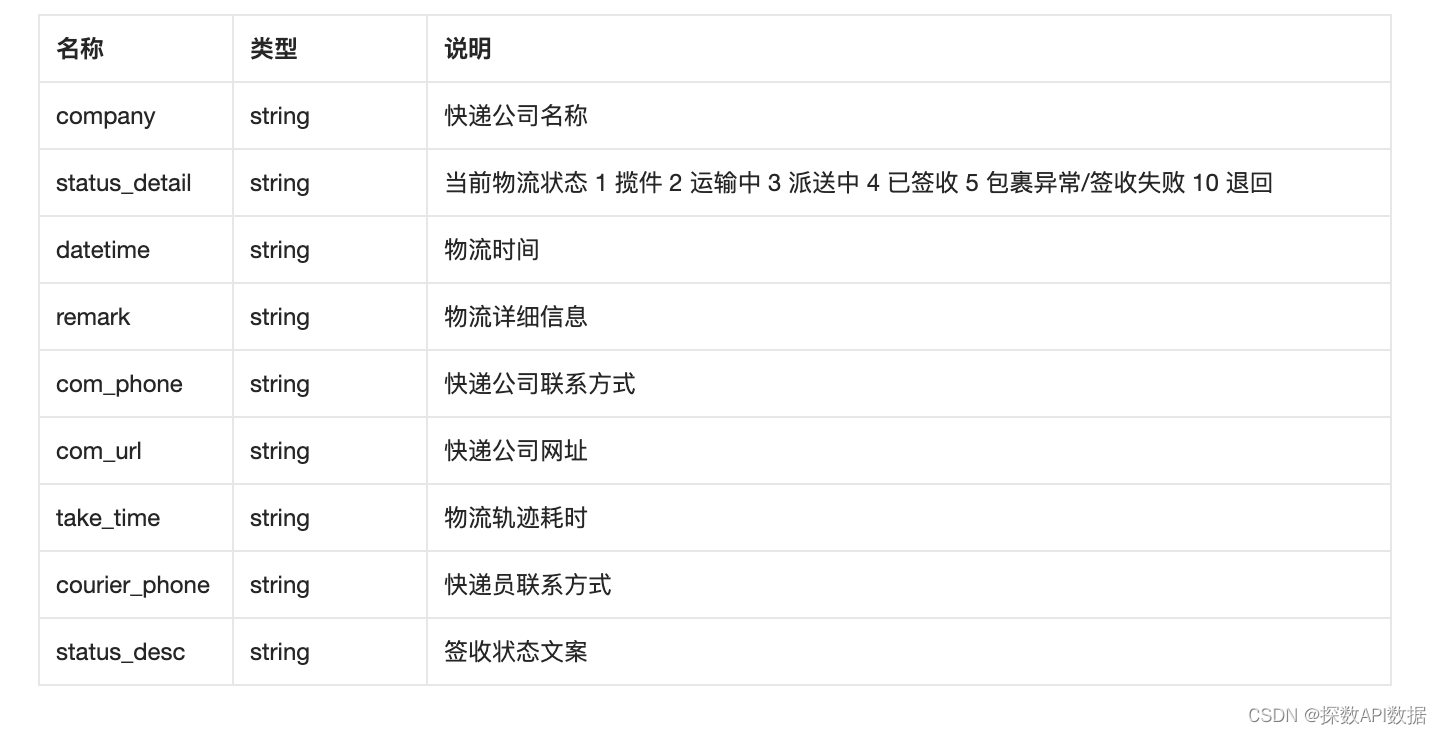拟合衰减振动模型,估算阻尼比和阻尼系数
flyfish
衰减振动模型
在自由振动系统中,阻尼振动可以用以下公式描述:
x
(
t
)
=
x
0
e
−
ζ
ω
n
t
cos
(
ω
d
t
+
ϕ
)
x(t) = x_0 e^{-\zeta \omega_n t} \cos(\omega_d t + \phi)
x(t)=x0e−ζωntcos(ωdt+ϕ)
其中:
x ( t ) x(t) x(t) 是时间 t t t 时的位移(Displacement at time t t t)
x 0 x_0 x0 是初始位移(Initial displacement)
ζ
\zeta
ζ 是阻尼比(Damping ratio)
希腊字母
ζ
\zeta
ζ,英文表示为 “zeta”
ω
n
\omega_n
ωn 是无阻尼固有频率(Undamped natural frequency)
希腊字母
ω
\omega
ω,英文表示为 “omega”
t t t 是时间(Time)
ω
d
\omega_d
ωd 是阻尼振动频率(Damped natural frequency),其公式为:
ω
d
=
ω
n
1
−
ζ
2
\omega_d = \omega_n \sqrt{1 - \zeta^2}
ωd=ωn1−ζ2
ϕ
\phi
ϕ 是相位角(Phase angle)
希腊字母
ϕ
\phi
ϕ,英文表示为 “phi”
公式说明
-
初始位移 x 0 x_0 x0 (Initial displacement) :
系统开始自由振动时的位移。 -
阻尼比 ζ \zeta ζ (Damping ratio) :
衡量系统阻尼程度的无量纲参数。
ζ \zeta ζ 越大,阻尼越强。 -
无阻尼固有频率 ω n \omega_n ωn (Undamped natural frequency) :
系统在没有阻尼情况下的固有振动频率。
单位:弧度每秒(radians per second, rad/s)。 -
阻尼振动频率 ω d \omega_d ωd (Damped natural frequency) :
系统在有阻尼情况下的实际振动频率。
计算公式: ω d = ω n 1 − ζ 2 \omega_d = \omega_n \sqrt{1 - \zeta^2} ωd=ωn1−ζ2
当 ζ < 1 \zeta < 1 ζ<1 时,系统会振荡, ω d \omega_d ωd 表示振荡频率。
- 相位角
ϕ
\phi
ϕ (Phase angle) :
描述系统初始位移和初始速度之间的关系。
衰减振动的描述
在阻尼系统中,振动会逐渐衰减,幅度随着时间指数下降。振动系统的运动可以分解为以下几个部分:
-
指数衰减部分 e − ζ ω n t e^{-\zeta \omega_n t} e−ζωnt :
描述振幅随时间的衰减。 -
余弦振荡部分 cos ( ω d t + ϕ ) \cos(\omega_d t + \phi) cos(ωdt+ϕ) :
描述系统的振荡行为,频率为 ω d \omega_d ωd,初始相位为 ϕ \phi ϕ。

代码实现
import numpy as np
import scipy.optimize as opt
import matplotlib.pyplot as plt
# 定义衰减振动函数
def damped_vibration(t, x0, zeta, omega_n, phi):
omega_d = omega_n * np.sqrt(1 - zeta**2)
return x0 * np.exp(-zeta * omega_n * t) * np.cos(omega_d * t + phi)
# 合成实验数据
t_data = np.linspace(0, 10, 1000) # 时间数据
x0_true = 1.0 # 初始位移
zeta_true = 0.1 # 真正的阻尼比
omega_n_true = 2 * np.pi # 真正的无阻尼固有频率
phi_true = 0 # 真正的相位角
x_data = damped_vibration(t_data, x0_true, zeta_true, omega_n_true, phi_true) # 生成理想数据
# 加入噪声
x_data_noisy = x_data + 0.05 * np.random.normal(size=t_data.shape) # 加入随机噪声
# 拟合数据
initial_guess = [x0_true, zeta_true, omega_n_true, phi_true] # 初始猜测
params, params_covariance = opt.curve_fit(damped_vibration, t_data, x_data_noisy, p0=initial_guess) # 拟合模型
# 提取拟合参数
x0_est, zeta_est, omega_n_est, phi_est = params
# 假设质量为1 kg
m = 1.0
gamma_est = 2 * zeta_est * omega_n_est * m
# 输出结果
print(f"Estimated Initial Displacement (x0): {x0_est}")
print(f"Estimated Damping Ratio (zeta): {zeta_est}")
print(f"Estimated Natural Frequency (omega_n): {omega_n_est}")
print(f"Estimated Damping Coefficient (gamma): {gamma_est} N·s/m")
# 绘图比较
plt.figure(figsize=(10, 6))
plt.plot(t_data, x_data_noisy, label='Noisy Data', alpha=0.5)
plt.plot(t_data, damped_vibration(t_data, *params), label='Fitted Curve', color='red')
plt.xlabel('Time (s)')
plt.ylabel('Displacement (m)')
plt.legend()
plt.show()
t_data: 时间数据,生成一个从0到10秒的1000个时间点的数组。
x0_true: 初始位移(True initial displacement),设定为1.0米。
zeta_true: 真正的阻尼比(True damping ratio),设定为0.1。
omega_n_true: 真正的无阻尼固有频率(True undamped natural frequency),设定为 2π(即每秒一个完整的振动周期)。
phi_true: 真正的相位角(True phase angle),设定为0。
Estimated Initial Displacement (x0): 0.9969144391835894
Estimated Damping Ratio (zeta): 0.09975574475118448
Estimated Natural Frequency (omega_n): 6.2712971489170615
Estimated Damping Coefficient (gamma): 1.2511958352924026 N·s/m
每个结果的单位及其读法:
- Estimated Initial Displacement (x0) :
单位 : 米 (meters, m)
读法 : “Estimated Initial Displacement is value meters”
- Estimated Damping Ratio (zeta) :
单位 : 无单位(damping ratio 是一个无量纲参数)
读法 : “Estimated Damping Ratio is value”
- Estimated Natural Frequency (omega_n) :
单位 : 弧度每秒 (radians per second, rad/s)
读法 : “Estimated Natural Frequency is value radians per second”
- Estimated Damping Coefficient (gamma) :
单位 : 牛顿·秒每米 (Newton-seconds per meter, N·s/m)
读法 : “Estimated Damping Coefficient is value Newton-seconds per meter”







![[GICv3] 4. 中断分发和路由(Distribution and Routing)](https://img-blog.csdnimg.cn/c3d2833f469b4a51b956247d69c316c5.png)











